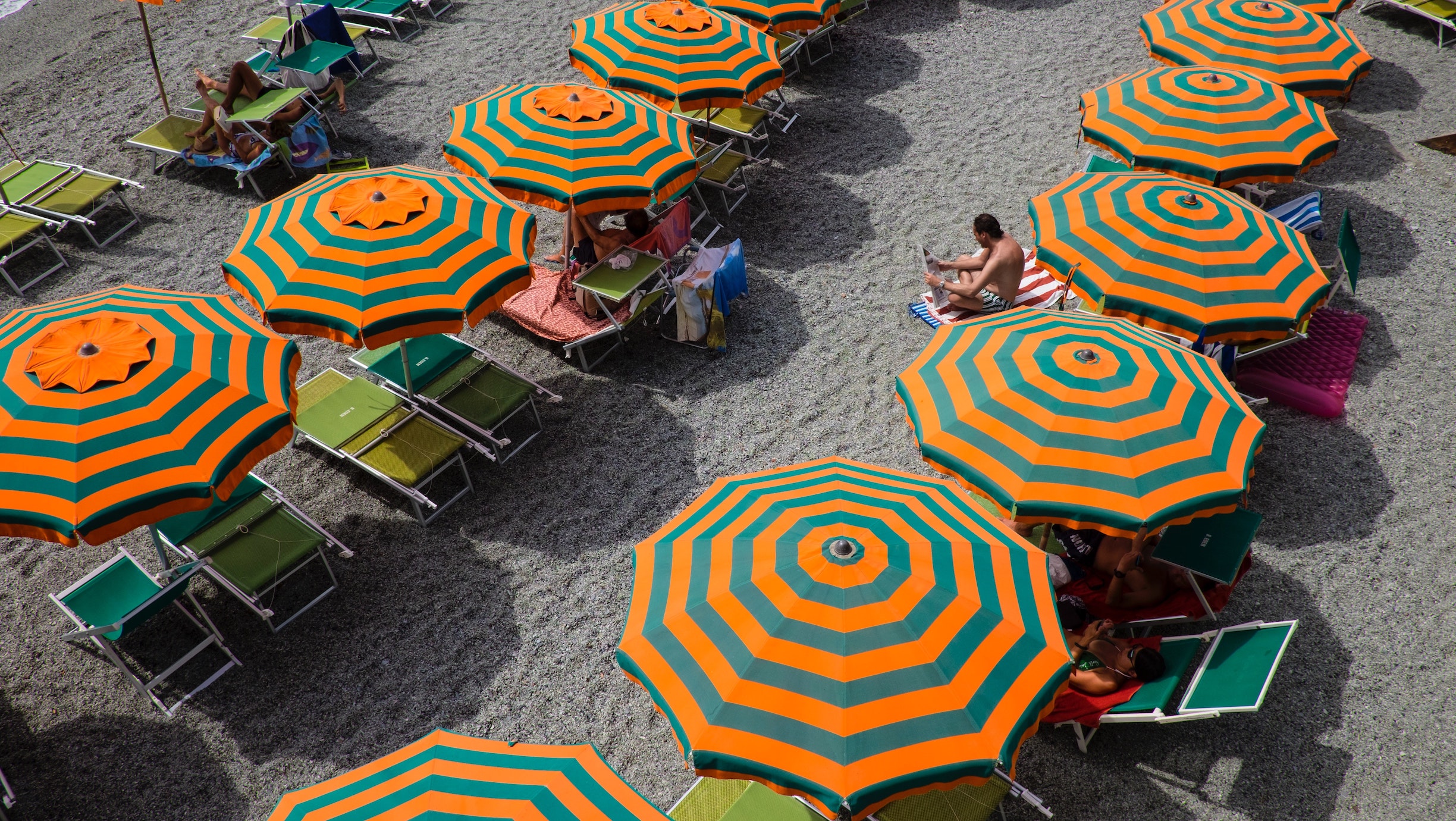
The next time you’re headed out in the sun, double-check the labels on your sunscreen. Many places have banned the sale and use of any sunscreen that contains oxybenzone and octinoxate—chemicals that are detrimental to both humans and the environment.
While most sunscreen bans don’t go into effect until January 2021—and your next trip to a sun-filled destination might be even later—that doesn’t mean you have to wait to switch your sunscreens to a safer option. Whether you’re stocking up on sunscreen for summer BBQs, days at the beach, or an upcoming road trip, here’s what you need to know to protect yourself from the sun while also protecting the environment.
Protecting our natural resources
In 2015, a team of scientists studying coral in Hawaii and the U.S. Virgin Islands found that an active ingredient in sunscreen called oxybenzone prevents coral reproduction and causes coral bleaching—which induces starvation and oftentimes death. According to the Environmental Working Group, a nonprofit environmental advocacy and education organization, oxybenzone can be found in almost 80 percent of sunscreens and sun-protective skincare products currently on the market.
Furthermore, a study published in the Archives of Environmental Contamination and Toxicology found that it only takes one drop of sunscreen containing oxybenzone to damage an ocean area the size of six-and-a-half Olympic swimming pools. And each year, an estimated 14,000 tons of sunscreen enter the oceans via swimmers, snorkelers, and shower drains.
Finding your go-to mineral sunscreen
The alternative? Mineral sunscreen. Mineral sunscreens typically contain the minerals zinc oxide and/or titanium dioxide. While both minerals are safe, you can also choose to use products that only contain non-nano zinc oxide, as it is considered safest for both coral and humans. Mineral sunscreen sits on top of your skin to protect it from harmful rays. Unlike other sunscreens that absorb into your skin and disappear, mineral sunscreen will leave a white sheen on your skin—which is a good thing! It’s working for as long as you can see it.
Mineral sunscreens are available from a variety of brands, including Raw Elements USA, Stream2Sea, Mama Kuleana, Little Hands Hawaii, Manda, Kokua Sun Care, Loving Naturals, Raw Love, and All Good. You can read more about mineral sunscreens and where to buy them on Hawaii’s Safe Sunscreen Coalition website. You can also consult EWG’s 2020 Sunscreen Guide to help you make better informed decisions about safer sunscreens.
Buying local
The above study also determined that oxybenzone damage is mostly concentrated in heavily touristed areas. As a result, areas of the U.S., including Hawaii, Key West, and the U.S. Virgin Islands, as well as Bonaire, Palau, and areas of Mexico, have banned the use and sale of any sunscreen that contains these chemicals. So, if you do have plans to travel to one of these areas from January 2021 and beyond, buy local. That is, plan to purchase your eco-friendly sunscreen at your destination. If you need help locating local convenience stores, use TripIt’s Nearby Places feature to find one close by.
Doing so not only supports the local economy, it ensures you’re buying the safest products from locals who love their reefs as much as you do. And if you’re planning a staycation this summer? Buying local is always better for the environment. Even when that environment is your own backyard.

